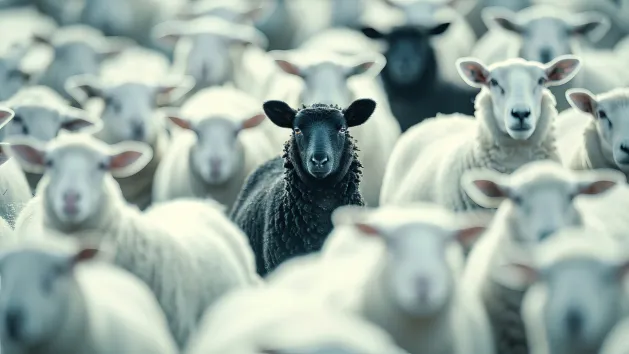
Stanislas Dehaene’s four pillars of learning

The pillars of learning according to Stanislas Dehaene
Stanislas Dehaene is a renowned French neuroscientist specializing in the study of the Brain and learning. He has chaired the French Education Ministry’s Scientific Advisory Board since 2018, and regularly gives his informed opinion on subjects such as learning and pedagogy. His vision? Learning is a process based on four essential pillars. These pillars, the fruit of many years of research, are essential for anyone wishing to understand how children learn.
✏ Note : Stanislas Dehaene is not only a researcher, he is also the author of several books on the Brain and learning such as “Learning to Read: From Cognitive Science to the Classroom“, “Face to face with your brain” or “School enlightened by science“. His work is a reference in the field of neuroscience. 📚
What are the 4 pillars of learning?
Imagine a castle. For it to stand, it needs solid foundations. Our children’s learning is no different! Let’s list together the four pillars that support it:
Attention
This is the gateway to learning. Without it, it’s hard for children to pick up new information. Attention is like a filter that selects relevant information while ignoring distractors. For teachers, capturing and maintaining students’ Attention is crucial, whether through intonation, questions or stimulating activities. As a parent, you can help your children develop their Attention by creating an environment conducive to learning at home. But to maintain Attention, you need to “learn how to pay Attention”!
Active Engagement
To learn, we need to question, hypothesize and even test. This intellectual effort is essential to building knowledge in our minds. It’s important to keep the child engaged in the task. Encourage him to be curious and to ask questions. The more he questions and experiments, the more firmly he anchors knowledge in his mind.
The Return on Error
Being wrong can be a good thing… as long as you understand why. Mistakes encourage reflection. By understanding why he made a mistake, the child learns more about his own functioning, and will be able to adjust his strategy for the next time. As parents, you can help your children understand their mistakes and learn from them.
Consolidating what you’ve learned
Forgot what you learned the day before? It happens! For information to become ingrained in the memory, it needs to be reviewed and practiced regularly. It’s like a garden: without regular watering, plants wither. 🌱
✏ Note: in his research, Stanislas Dehaene also highlights the importance of sleep in this consolidation process.
Babaoo’Tip 💡
- To help your child boost his Attention, try out the Pomodoro technique with him! Encourage him to work intensely on a set task for 25 minutes, then take a 5-minute break. Repeat this cycle. It can really help to keep his Attention on top. ⏲️
✏ Note: learning is active. It’s not just about absorbing information, but processing it, questioning it, experiencing it and integrating it into our mental models. Be patient and caring with your child!
The 4 pillars in action: learning to ride a bike
How do the 4 pillars translate concretely into a child’s everyday life? Let’s take learning to ride a bike as an example.
- Imagine the scene: your child, wide-eyed, watching other children ride their bikes. This budding desire is the beginning of everything! Watching his little friends pedal along at breakneck speed, your budding explorer pays attention to how it’s done, to possible obstacles on the path he may take. Attention is the first pedal stroke!
- Hop, a bike his size, perhaps with small wheels to start with. From the very first turns of the wheel, your child is right in the action: asking questions, trying, falling, trying again. Your role? Encourage him, guide him, and above all, celebrate every little bit of progress. That’s what Active Engagement is all about!
- “How about trying to turn the handlebars more gently?” After a few falls, it’s time for adjustments. Every mistake is a potential lesson. And with your encouragement, your child will learn that every fall is just another step toward success. Here, we’re talking about the Retour sur erreur.
- After a few weeks, tadaa! Your child pedals with confidence. But the learning doesn’t stop there. After regular rides with the family, challenges like climbing a small hill, soon cycling will be second nature to him. This is the Consolidation of acquired skills stage.
The four pillars of learning thus come to life in all a child’s learning, with the active support of his parents.
The Babaoo recap
Learning is an exciting adventure, supported by four essential pillars. Every child has the potential to learn and progress: it’s not just about accumulating knowledge, but building it, questioning it and putting it into practice regularly to anchor it in long-term skills. So encourage your children, let them explore, make mistakes, learn and, above all, keep moving forward!
You may also be interested in these articles



